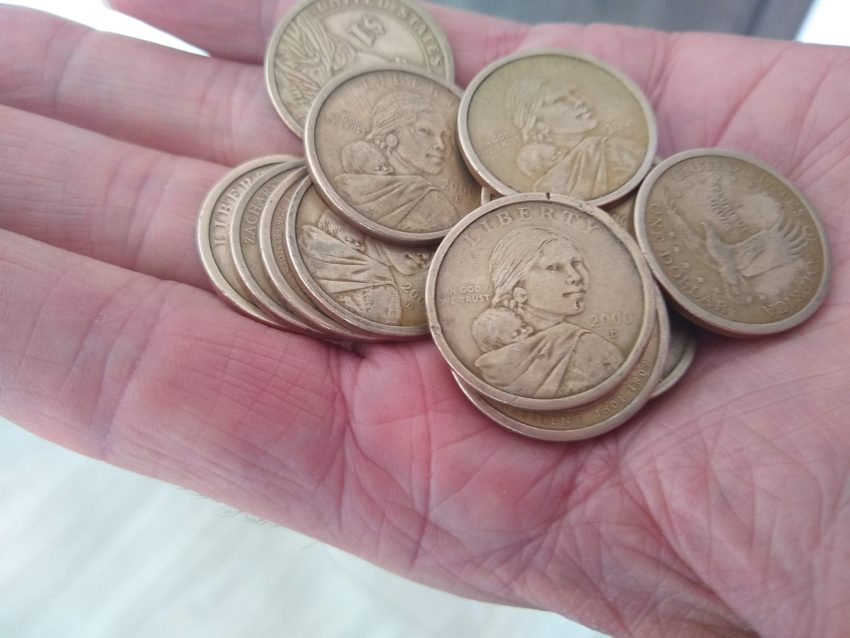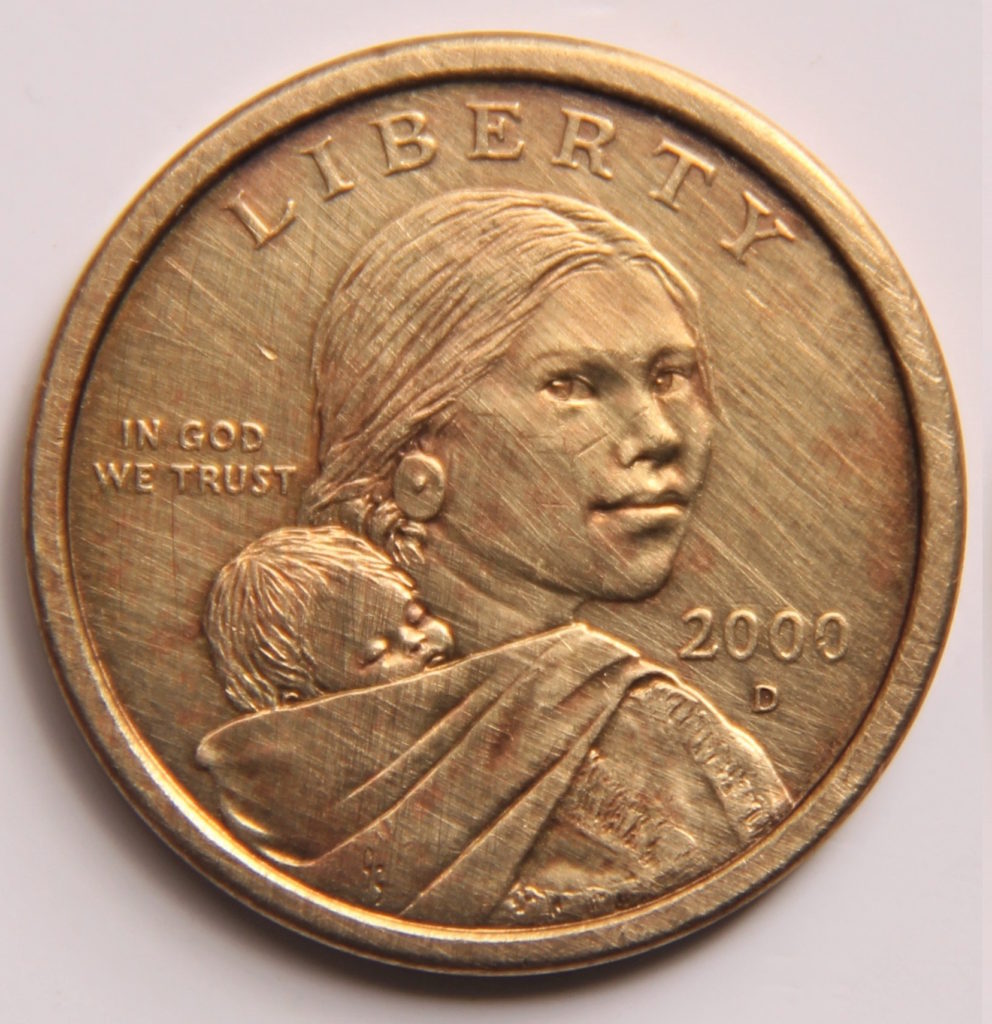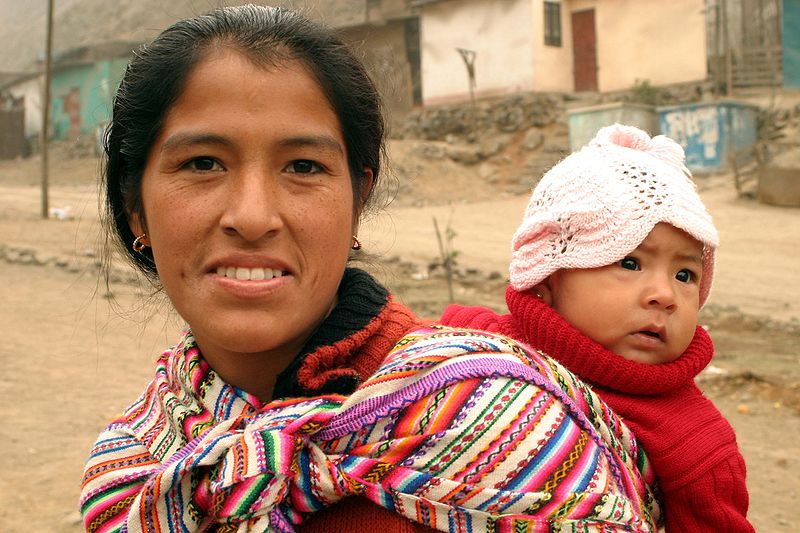Many US visitors to Ecuador are surprised and pleased to discover that the country uses our dollars rather than a currency of their own. But, what’s more surprising about Ecuador’s use of dollars is how much of the change you receive includes old Sacagawea coins.
These dollar coins were last minted for circulation in 2011 and about the only time we see them in the US is in a casino, or from a vending machine for mass transit systems, or from a post office. Dollar coins have always made economic sense as a dollar bill costs six cents to print and lasts less than two years while a dollar coin costs ten cents to mint and lasts about 30 years. But coins are heavy and in the US we don’t want to be weighed down with pockets full of jangly metal.
In Ecuador (and perhaps the 11 other countries and territories that use US dollars as their sole currency) it’s the coin’s heft that’s part of its appeal. Paper money wears out quickly and many stores and street vendors refuse to take bills that are torn or worn. Plus in a country like Ecuador where a dollar still has purchasing power, a pocketful of dollar coins feels more like a comfort than a burden. And finally, Sacagawea is shown on the coin carrying her baby in a shawl, called a quepina in Andean countries, and so indigenous Ecuadorians identify with her more than the usual dead politician that graces most of the world’s currencies.
By the way, here’s why Ecuador uses US dollars: In the late 1990s Ecuador’s economy collapsed, unemployment hovered around 20% and hyperinflation destroyed both savings and purchasing power. Ecuador’s president at the time initiated the move to the dollar, called “dollarization,” which eventually helped to stabilize the economy. The move was controversial, and while it reduces the monetary controls that Ecuadorian politicians have, it retains enough benefits that economists, politicians, and the public still favor using dollars.


